Last week I posted a portrait as the next installment to our How Was This Picture Taken series. There were a lot of great guesses and a few people even guessed the exact technique that I used to create the image!
If you need a refresher, here is the original post and the photo of Belinda (this time with metadata). I highly suggest you click on the image and view it that way versus embedded in the post. The image quality is better and it’s easy to compare to the next image:
As you can see from the caption with the metadata information, I used a full frame camera with an 85mm lens at an aperture of f/1.4. This is a combination that I love when shooting portraits. With a full frame camera, 85mm lens and an aperture of f/1.4, it’s not very difficult to get the background nice and blurry. The image was made with only ambient light, which was provided by large windows that were behind me. But, this image has a trick up it’s sleeve that makes the depth of field even more shallow than is possible using the camera and settings you see here.
Here is an image with similar framing and exactly the same camera settings. Can you see a difference between the two images? (click on the image and toggle back and forth between this image and the previous image):
Hopefully you noticed that the second image has a bit more depth of field (DOF). Belinda’s necklace and the frames on the wall behind her are more defined. You might have also noticed that the aspect ratio is different between the two images. Why would that be?
The second image is about as close as I would like to get while shooting a horizontal portrait. If I move any closer, I’m going to start losing important parts of the image (like the top of her head) or getting strange crops (across her neck). If I did move closer I’d get a shallower depth of field, but the sacrifices I would be making to the image aren’t worth it.
The way that I got a more shallow DOF without sacrificing important parts of the image is by using a simple version of the Brenizer Method. Essentially, multiple images are stitched together creating a “portrait panorama”.
I first saw this technique used by Sam Hurd. He calls them “epic portraits” and, as far as I know, is the pioneer of this particular method. Instead of taking a huge number of images like you would with a traditional Brenizer Method image (usually between 20-50) that include the environment as well as your subject, you move as close to your subject as your lens will focus and take a series of 3-5 images, which are then stitched together to create a single image.
Here are the three images that I used to create the initial image:
I was initially skeptical that this would work very well with people. Not only are you merging very shallow DOF images of a person’s face, but people also have a hard time standing still! Even if you take a quick series of three images, people have a hard time holding a pose, even if it is only for 3 seconds. Not only that, but holding a pose and smile for that long can drain the expression from your subject, leading to a plastic, fake smile.
To my surprise, I didn’t have any problems creating these images. With a little practice, I was able to quickly take 3 images, which means Belinda’s face didn’t lose all of it’s character. While merging the images in Lightroom, I found that the alignment doesn’t have to be perfect. As long as there is some overlap, it does a great job! Another great benefit to merging the images in Lightroom is that you can still edit the final merged image instead of needing to edit each image individually before merging.
While merging the images, you’ll need to select the type of projection the software should use. It will be up to you to choose which one you think looks the best. Here you can see the different projection options I had in Lightroom and how the final image would look for each one:
Speaking of post processing, other than merging the images together, there was minimal editing work done to this image. I slightly tweaked the highlights and shadows, applied a bit of pop with the tone curve, cleaned up a stray hair or two and used the brush tool to very slightly soften her skin and enhance the sparkle in her eyes.
Here are a few more portraits I tried on different occasions. The first is a 4-image portrait of Belinda and the second is one of my cat, Sweet Pea.
As a side note, it wasn’t until I started writing this article that I realized how similar it is to one of John Sherman’s articles in this same series. There is a difference between the two methods, though (or at least the reason behind them). John was stitching multiple images together to get a very high resolution image that could be used to create an enormous print. I was trying to get a very shallow depth of field while still creating a nice looking portrait. Of course, this image ends up having a much higher resolution than if it was only composed of a single image: 9573×7345 pixels vs 7360×4912 pixels.
Hopefully you realized (like I did) that stitched panoramic images don’t only have to be landscapes. It’s a great technique to try out on people or even animals, and it can make your portraits stand out. It was great reading all of your responses. Thank you to everyone to posted a comment with their guess as to how this image was created.
The post How Was This Picture Made #7: The Answer appeared first on Photography Life.
from Photography Life https://photographylife.com/how-was-this-picture-made-7-the-answer
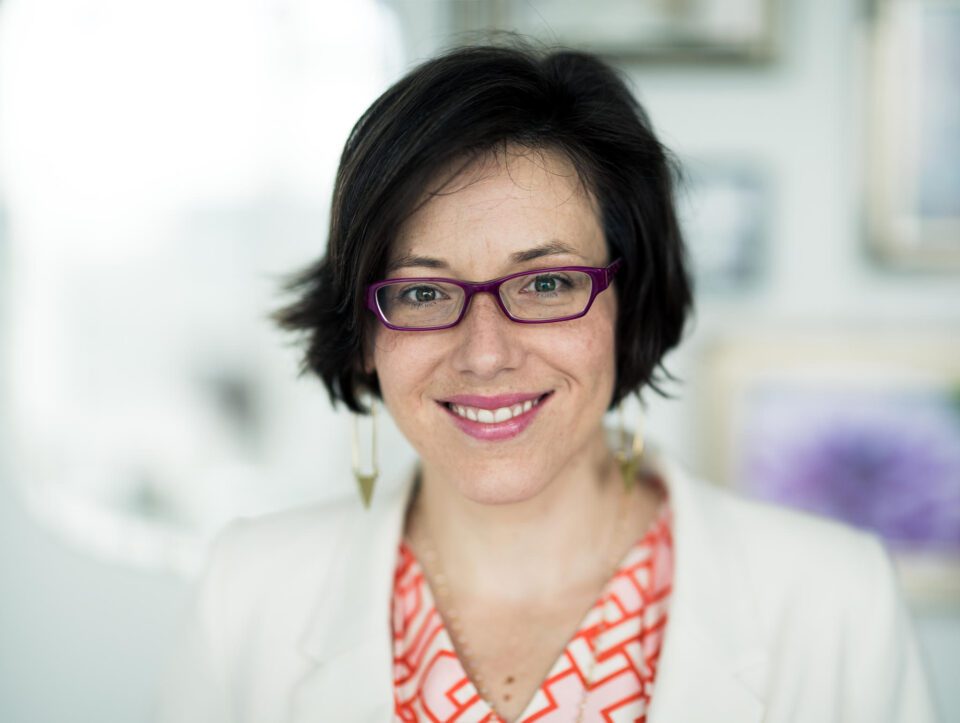
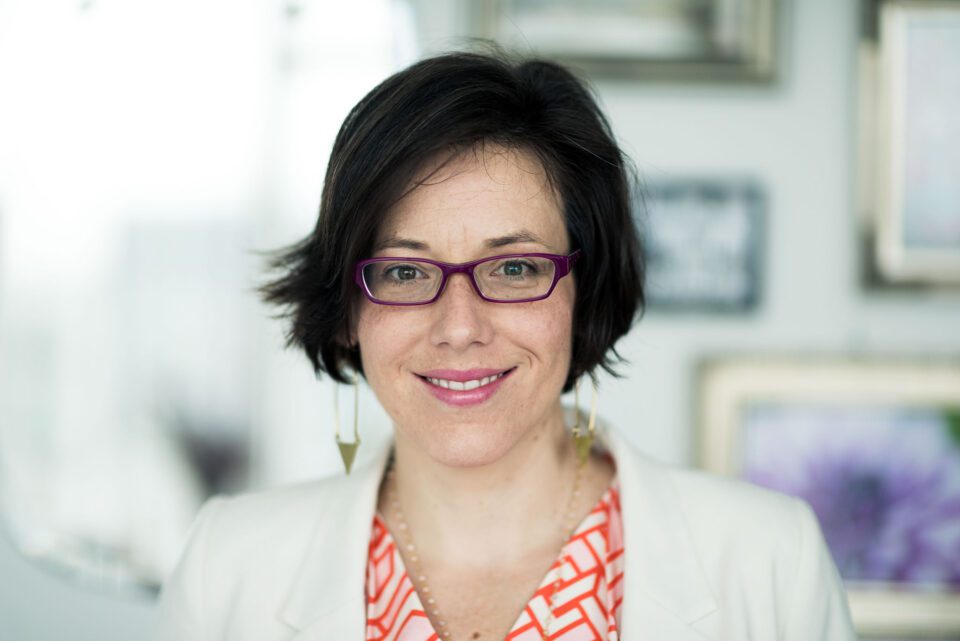
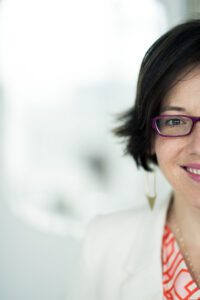
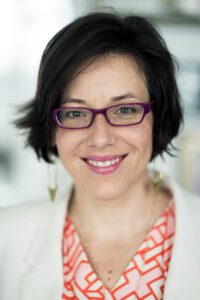


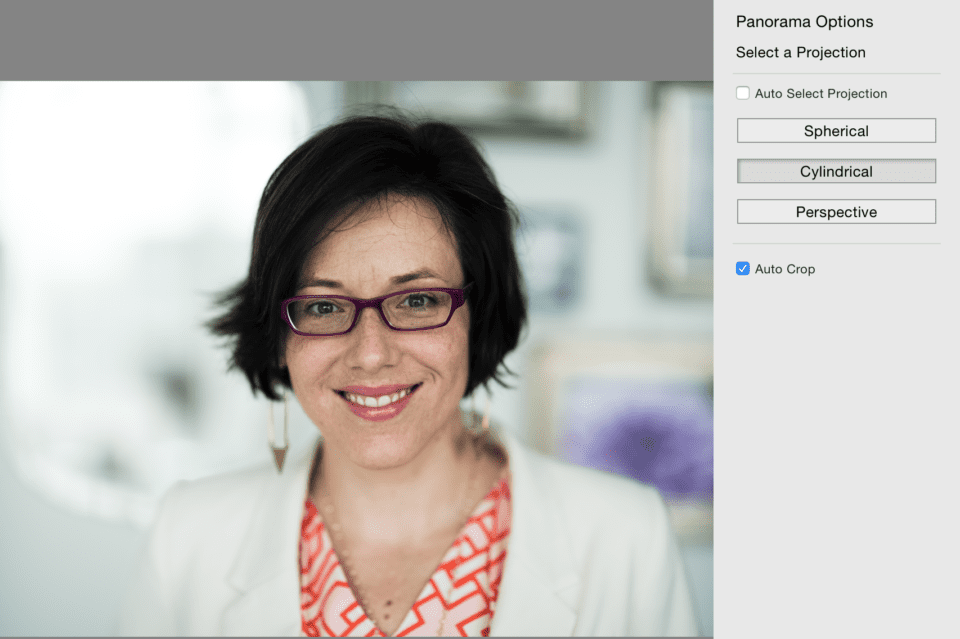
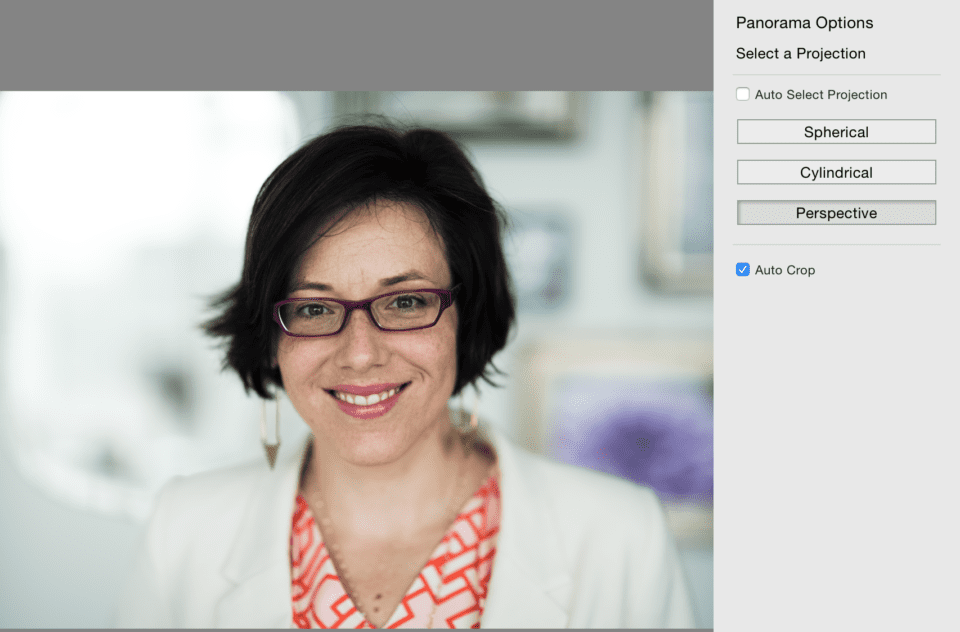
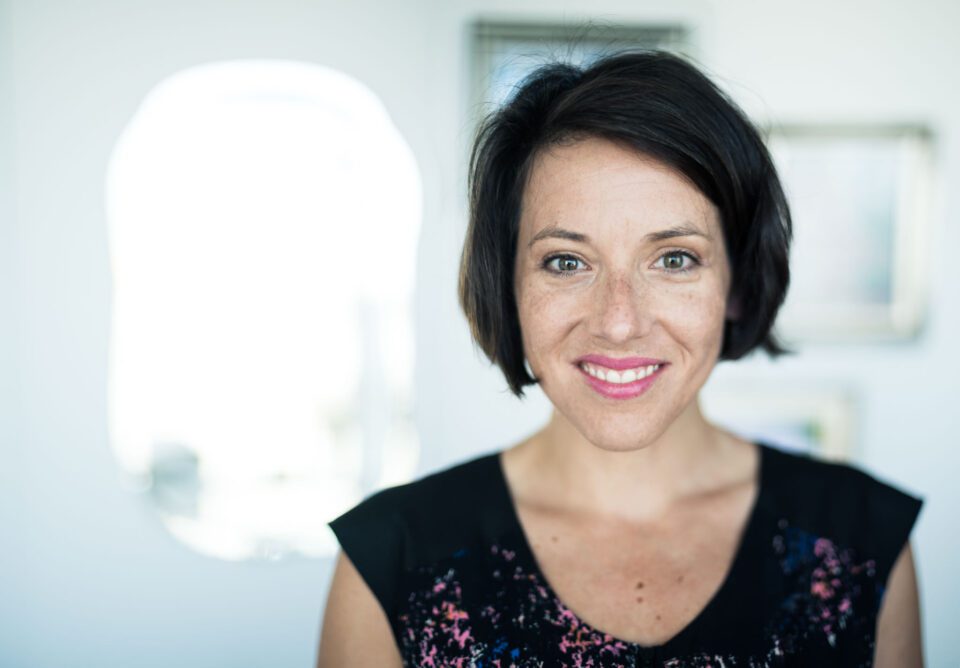

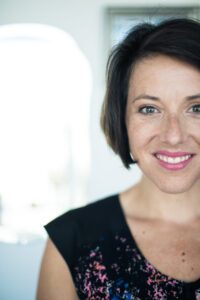
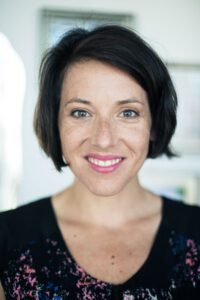
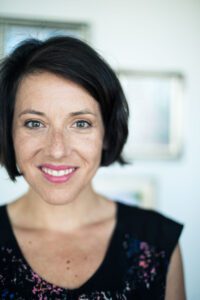

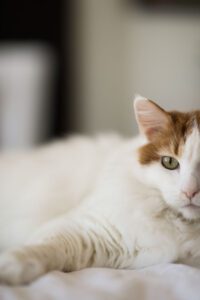
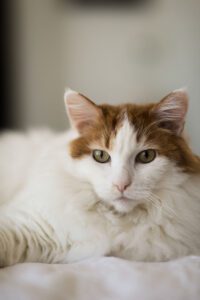
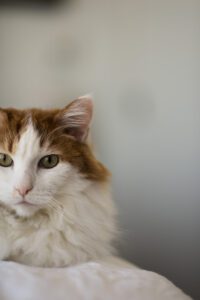
No comments:
Post a Comment